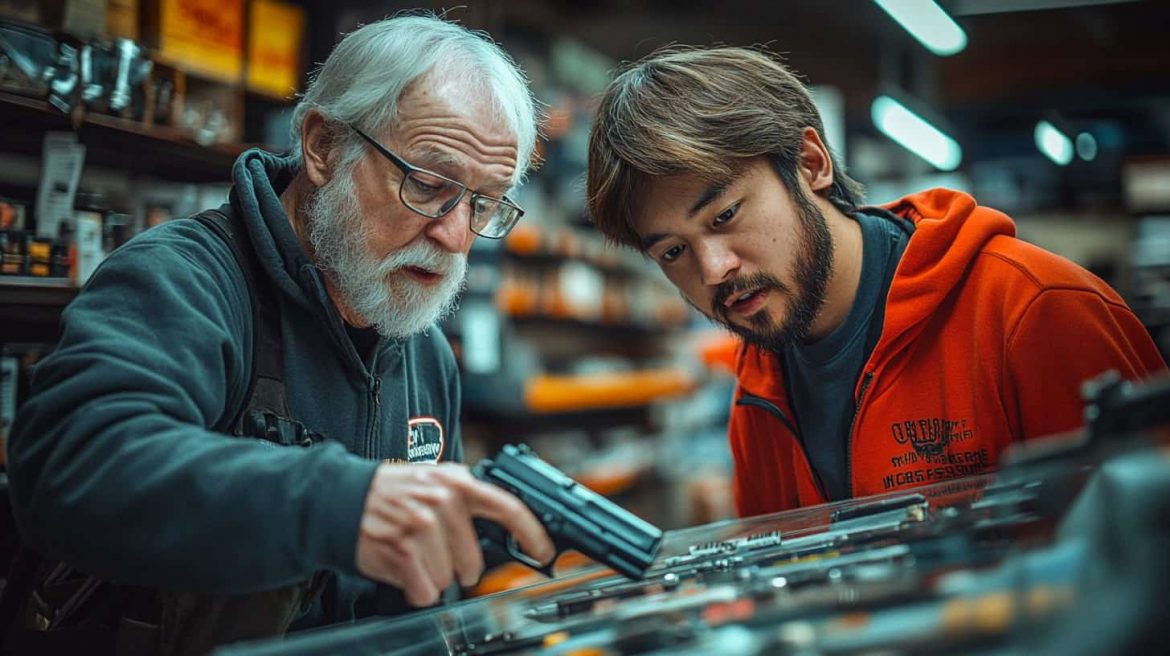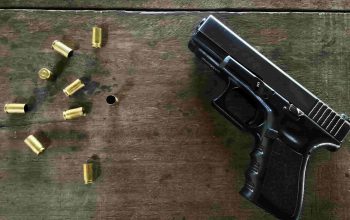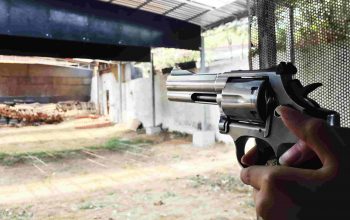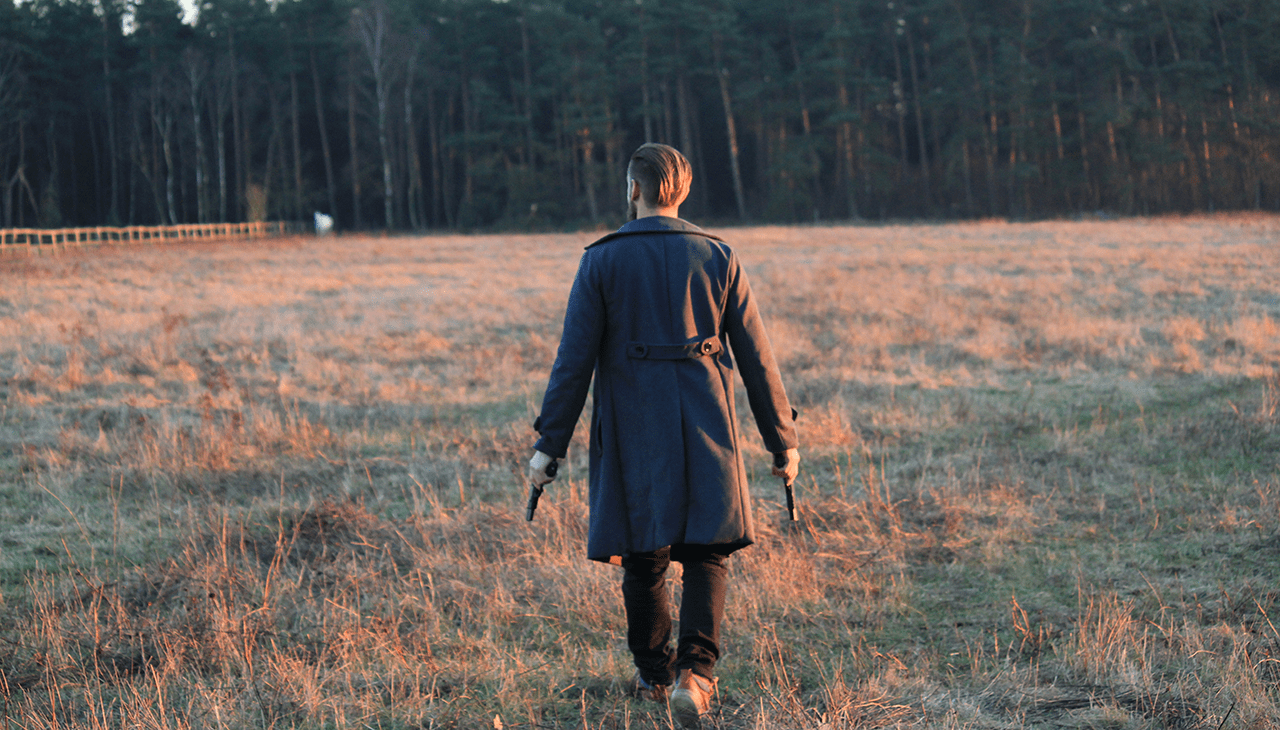For those new to firearms, selecting the right handgun can be an exciting but overwhelming experience. With so many options on the market, finding the best fit for your needs, experience level, and comfort is crucial. This guide will walk you through everything you need to know about choosing your first pistol, including factors such as caliber, size, ergonomics, and legal considerations.
Whether you’re buying a handgun for self-defense, sport shooting, or home protection, understanding your needs and making an informed decision is the key to confidence and safety as a new shooter.
Understanding Your Needs
Before purchasing your first handgun, take a moment to consider why you want one. Firearms serve different purposes, and selecting the right type depends on your intended use.
- Self-Defense: If you plan to carry a handgun for personal protection, a compact or subcompact pistol may be ideal. Concealed carry guns should be lightweight, reliable, and easy to operate under stress.
- Home Defense: For home protection, a full-size handgun may be preferable since recoil control and accuracy improve with a larger firearm. You don’t have to worry about concealability, so comfort and capacity take priority.
- Target Shooting and Training: If you’re learning to shoot, a full-size 9mm pistol with a manageable recoil is a great option. These guns are easier to handle and provide better accuracy for training and practice.
By identifying your primary reason for purchasing a handgun, you can narrow down the models and calibers that best suit your needs.
Choosing the Right Caliber
Caliber is one of the most critical factors when selecting your first handgun. Different calibers offer various levels of recoil, stopping power, and ease of shooting. Here are the most common options for beginners:
- .22 LR: This is a low-recoil, affordable, and easy-to-shoot caliber, perfect for learning the basics of shooting. However, it lacks sufficient stopping power for self-defense.
- 9mm: The most popular handgun caliber, the 9mm offers a great balance of manageable recoil, affordability, and stopping power. Most instructors recommend this caliber for new shooters.
- .380 ACP: This caliber is often found in small, lightweight pistols designed for concealed carry. While it has less recoil than a 9mm, its stopping power is lower.
- .40 S&W and .45 ACP: These calibers offer greater stopping power but come with increased recoil, making them harder to handle for beginners.
For most first-time gun owners, a 9mm pistol is an excellent choice due to its balance between power and recoil.
Handgun Size and Ergonomics
The size and fit of a handgun play a significant role in your ability to control and fire it accurately. A firearm should feel comfortable in your hand, allowing you to maintain a firm grip without strain.
- Full-Size Handguns: These pistols have a longer barrel and larger grip, making them easier to control and aim. Ideal for home defense and range shooting.
- Compact Handguns: A balance between full-size and subcompact pistols, compact models are popular for concealed carry while still offering good accuracy and capacity.
- Subcompact Handguns: Designed for concealed carry, these guns are small and lightweight, making them easy to carry but sometimes harder to control due to increased recoil.
Visit a gun store and handle different models to see which ones feel most comfortable in your hands. Your fingers should rest naturally on the grip, and you should be able to reach the trigger easily without straining.
Handgun Action Types
There are several types of handgun actions, and understanding them will help you choose a model that best suits your needs.
- Semi-Automatic Pistols: These firearms use the energy from firing a round to cycle the next round into the chamber. They are the most popular choice due to their ease of use and higher capacity.
- Revolvers: These handguns use a rotating cylinder to hold rounds. Revolvers are simple to operate and very reliable, but they usually hold fewer rounds than semi-automatics.
For beginners, a semi-automatic 9mm pistol is often recommended because of its magazine capacity, ease of use, and modern safety features.
Reliability and Ease of Maintenance
Your first handgun should be reliable and easy to maintain. Look for well-known, reputable brands such as:
- Glock (Models 19, 17) – Known for reliability and ease of maintenance.
- Smith & Wesson M&P 9mm – Comfortable grip and user-friendly controls.
- Sig Sauer P320 – Modular design, excellent trigger, and reliability.
- Springfield XD & Hellcat – Great for both home defense and concealed carry.
These brands have been tested extensively by law enforcement and civilian shooters, making them excellent choices for a first-time buyer.
Safety Features to Consider
When selecting a handgun, consider the available safety features:
- Trigger Safety: Prevents the gun from firing unless the trigger is deliberately pulled.
- Manual Safety: Some pistols have external safety levers that must be switched off before firing.
- Grip Safety: Found on certain models (e.g., Springfield XD), requiring a firm grip to disengage.
While safety features are essential, the best safety is proper training and responsible firearm handling.
Training and Practice
Owning a handgun comes with responsibility. Proper training ensures you can safely and effectively use your firearm.
- Take a Beginner Firearms Course: Many gun ranges and firearm instructors offer introductory courses that cover gun safety, operation, and shooting fundamentals.
- Practice at the Range: Regular practice helps you become comfortable with your handgun, improving accuracy and confidence.
- Learn Basic Maintenance: Keeping your handgun clean and properly lubricated ensures its longevity and reliability.
Investing time in training will make you a more confident and responsible gun owner.
Conclusion
Choosing your first handgun is a significant decision, but by considering factors like purpose, caliber, size, and safety features, you can make an informed choice that suits your needs. A 9mm semi-automatic pistol is an excellent starting point for most new shooters due to its balance of power, capacity, and ease of use.
Remember that buying a gun is only the first step—regular training and responsible ownership are essential to becoming a skilled and safe shooter. Take your time, do your research, and enjoy the process of learning and growing as a firearm owner.
With the right approach, your first handgun will be a reliable tool that serves you well for years to come.



